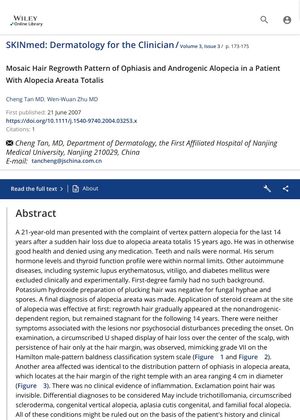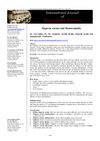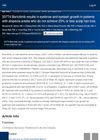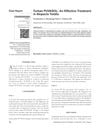Mosaic Hair Regrowth Pattern of Ophiasis and Androgenic Alopecia in a Patient With Alopecia Areata Totalis
May 2004

TLDR The patient with total hair loss did not regrow hair despite treatment, indicating a poor outlook for this type of hair loss.
In the 2004 case study, a 21-year-old man with a history of sudden hair loss due to alopecia areata totalis 15 years prior presented with vertex pattern alopecia that had persisted for 14 years. Initial treatment with steroid cream led to hair regrowth in nonandrogenic-dependent regions, but the hair recovery remained stagnant thereafter. The patient's hair loss pattern included a U-shaped area over the center of the scalp, resembling grade VII male-pattern baldness, and an area at the right temple margin consistent with ophiasis in alopecia areata. Despite a year-long treatment with 5% minoxidil, the hair loss persisted, suggesting a poor prognosis for alopecia areata totalis with a mosaic pattern of ophiasis and androgenic alopecia. The study also discussed the genetic predisposition and potential molecular pathogenesis of different forms of alopecia areata, highlighting the role of HLA-D genes and proinflammatory cytokines in the severity of the condition. However, whether the same pathogenesis applied to the reported case was not determined.






